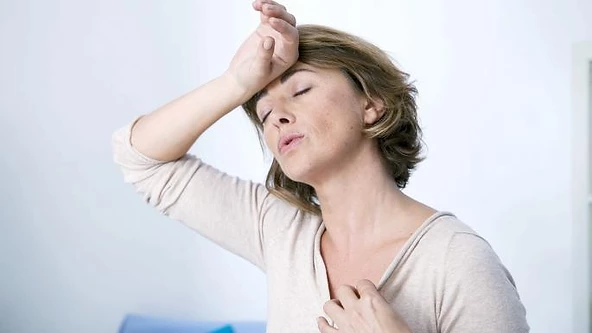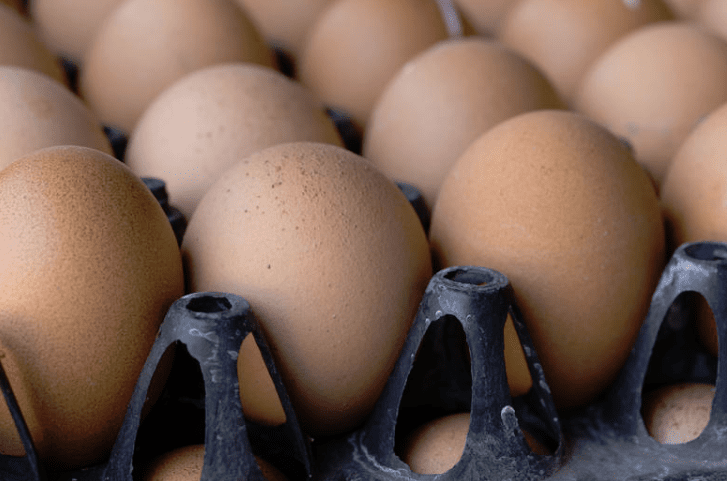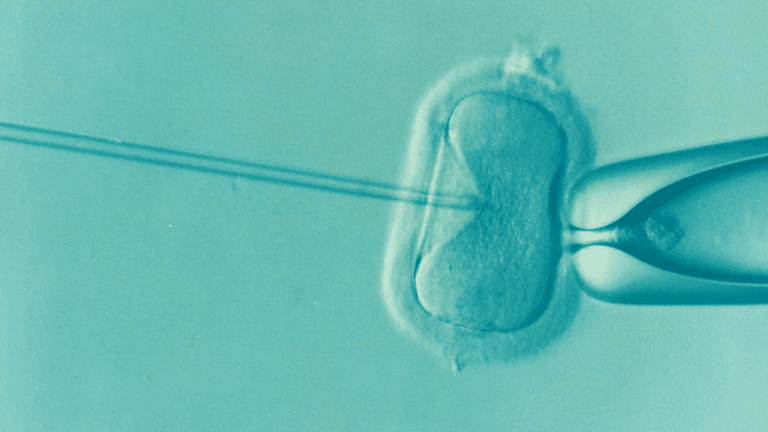Do you know a woman living with endometriosis? Chances are you do and may not even know it, it affects 1 in 10 women of child-bearing age and can be a major cause of infertility. And infertility (as a whole) affects 1 in 6 couples, that’s more than 15% of Aussie couples struggling to create a family.
Whilst the treatment and diagnosis for endometriosis is actually laparoscopic surgery, there is now more evidence about how nutrition and dietary management of this condition can help with symptoms and even slow the progression of endometriosis growing!
Pretty amazing how powerful food is, right?!
But before I tell you about how you can use diet to help manage your endometriosis, let’s run through the basics.
Know the go about endo? Skip down to the “Dietary Management for Endometriosis” below.
What is Endometriosis?
Endo (as it’s ‘fondly’ known) is a chronic inflammation of reproductive organs, which causes tissues to grow in different parts of the body, usually in the pelvis area. Oestrogen is the hormone that stimulates endometriomas to grow which can affect a woman’s egg health, block fallopian tubes and prevent embryos from implanting in the the uteral lining.
30-50% of women living with endo are infertile. With many women being missed in terms of diagnosis, 30% of women are diagnosed when they are experiencing fertility issues.
Unfortunately, there is no cure for endo, however laparoscopic surgery to remove adhesions, cysts, endometriomas and nodules can help if you’re trying to start a family. See your GP for a referral to a gynaecological surgeon.
The key symptoms of endometriosis are (although vary between women):
- Pelvic pain, especially around the menstrual cycle (including before or after)
- Pain during sex
- Abdominal, back or pelvic pain
- Heavy or irregular bleeding
- Bleeding longer than normal
- Changes in bowel habits
- Changes in urination habits
- Bloating
- Tiredness or low energy, especially around your period
Evidently, these symptoms can lead to days off work, affecting mental health due to pain and affects women’s everyday quality of life.
Dietary Management for Endometriosis
With more and more evidence emerging highlighting the impact of a therapeutic diet for endo, as well as implementing anti-inflammatory eating recommendations can help reduce inflammation and also affect oestrogen levels as a result.
Let’s break it down into some key dietary elements that you can change if you (or someone you love) are living with endometriosis.
(1) Fibre
Ah, the real “superfood” – fibre, back to save the day again! Fibre is found in a number of plant foods including wholegrains, nuts & seeds, fruits & veggies. An easy way to boost your intake is to add a teaspoon of psyllium husk to your breakfast cereal, porridge or smoothie and slowly increase it. Ensure you go slow and drink lots of water to go along with it to prevent any unwanted bowel side effects (you know what I’m talking about!)
Fibre in endo helps with the process of excretion of oestrogen by surrounding the substance that stimulates oestrogen and prevents absorption and moves it out of the body.

Low GI fibre from fruits, vegetables and wholegrain sources are preferred, with some evidence to show higher GI fibres increasing the insulin response response which may lead to increasing numbers of endometriosis cells.
(2) Fruits & Veggies
I won’t rant on about the amazing-ness of fruit and veggies. Research has shown that the pesticides and dioxins found on the outside of fruits and veggies are associated with endometriosis and its symptoms. This may be a result of some hormone interaction and contributing to the process of oxidative stress (which good old antioxidants work on, my next point!)
If you have endometriosis and the disposable income, it may be worth considering “going organic” with your fruits & veggies. Whilst I do not blanket recommend organic produce to everyone, reducing symptoms such as pain or if you’re paying for expensive fertility treatments, it is definitely worth considering to reduce your pesticide load.

(3) Antioxidants
Antioxidants are found in a number of different plants & plant products and have the role of donating electrons to “free radical” atoms which threaten to cause damage to the body through a process known as oxidative stress. By being the generous donator of electrons, telling the free radicals to take a chill pill, the antioxidants protects the body from the wrath of the free radical!
In women living with endo, the number of free radicals flying around are much higher. One study has shown that women with endo who supplemented with antioxidants (vitamin C & E – yes, these are both antioxidants too!) reduced pain and inflammatory markers!

As always, I encourage a food first approach and eating a wide variety of fruits and vegetables, including wholegrains & extra virgin olive oil plus nuts & seeds for vitamin E in a healthy diet can help you get the dose of antioxidants you need.
(4) Fats
I’ll say it again for ya’, omega-3 fats are just the bomb-diggity! Omega-3 fats have anti-inflammatory properties, therefore helping to fight off the inflammation associated with endo. It also helps with your egg health too, ladies!
However, it’s not just salmon a few times a week and a sprinkle of chia seeds that we need to look at for women with endo.

Omega-3 fats (found in oily fish, chia seeds & walnuts) are the bomb diggity
Reducing trans fats (not a massive issue here in Australia) as well as omega-6 fats which contribute to inflammation is just as important.
There are small amounts of trans fats in most animal foods and by-products, however, is found in commercially produced cakes, biscuits & pastries too. It used to also be found in margarines, however, strict new laws have now resulted in limiting trans fats in these spreads dramatically.
Omega-6s are found in vegetable oils and red meat. Switching to Extra Virgin Olive Oil (EVOO) is the first step at home, but also be aware that often takeaways and restaurants are using vegetable oils, especially for fried food (where you’re likely to be consuming more of the oil).
I recently found out you can now get your blood tested to determine your omega-3 status, using a simple fingerprick! *Mind-blown*
(5) FODMAPs
Many women with endo also experience gut symptoms and actually go on to be diagnosed with IBS, and vice versa. The connection between the two is unclear.
However, if you are a woman with endo experiencing changes to bowel habits (i.e. constipation or diarrhoea) you can try out the FODMAP protocol to reduce the load of fermentable carbohydrates in your diet and determine which ones at what amounts exacerbate symptoms.

Evidence has shown that the FODMAP approach in women with endo can actually slow the progression of endometriosis for women.
Before you get stuck into it, make sure you find a FODMAP-trained dietitian to guide you through the process and ensure you are in fact getting enough fibre (see point number 1), as your diet will naturally reduce in prebiotics and also fibre during the low FODMAP phase.
For more information about FODMAPs and IBS, visit the Monash FODMAP website.
Endometriosis can have a huge impact on a woman’s quality of life and fertility, whilst diet and nutrition isn’t the solution, it is worth taking a look at in conjunction with your other therapies to help manage symptoms and slow progression of the condition.
Want more? Read more about eating for endometriosis and the low FODMAP diet for endometriosis.
Need more help with dietary advice and endometriosis? Get in touch to book an appointment with me so we can develop an individualised plan that helps your symptoms and fits your lifestyle & needs.







